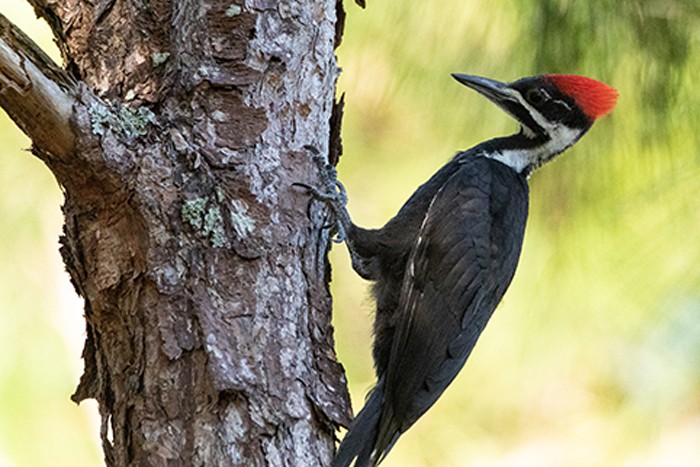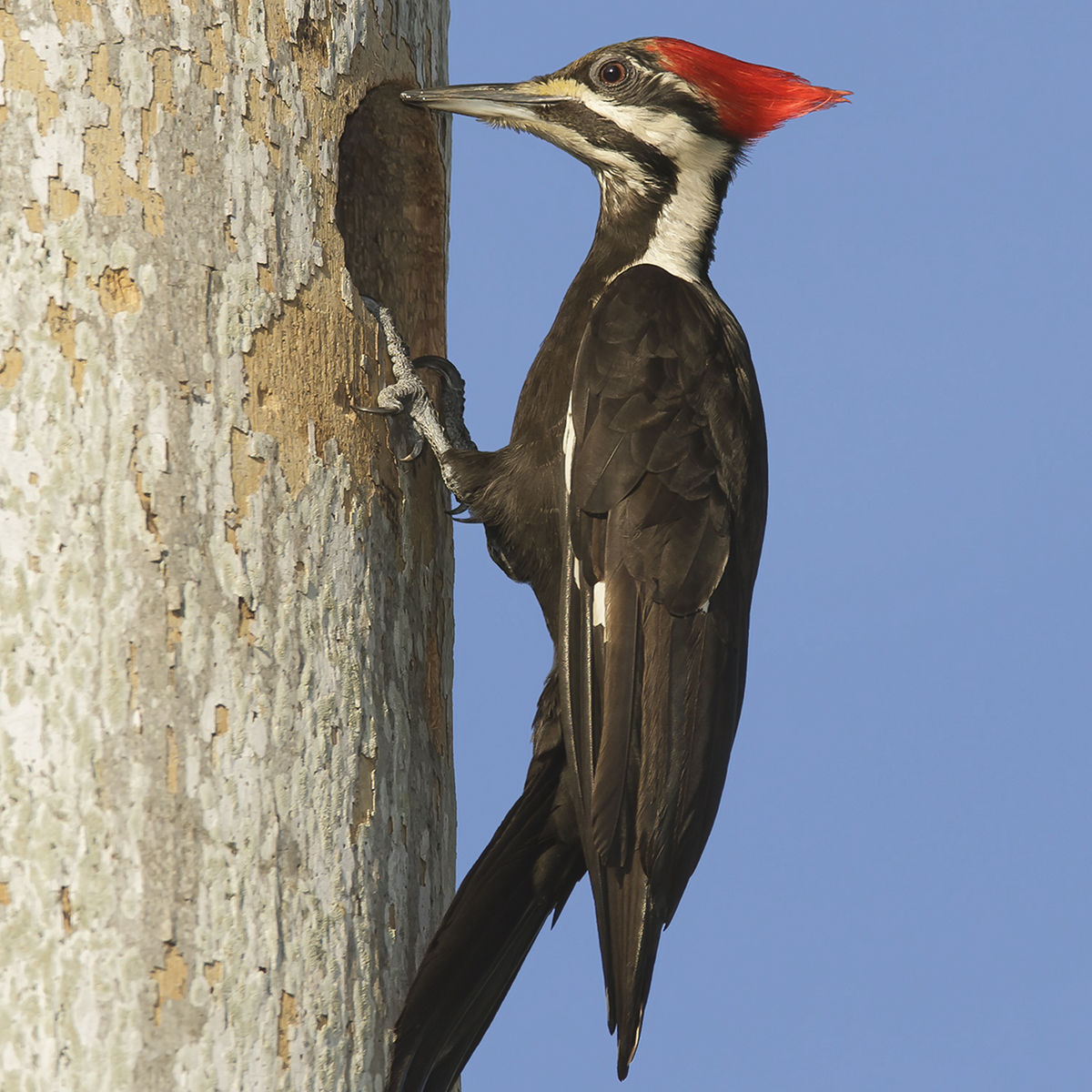Observing Woodpeckers in Florida: Species Diversity and Circulation
Observing Woodpeckers in Florida: Species Diversity and Circulation
Blog Article
Revealing the Keys of Woodpeckers: Behavior, Habitat, and A Lot More
Woodpeckers, with their distinct habits and specialized adjustments, have long attracted scientists and nature lovers alike. These impressive birds have a variety of appealing keys that shed light on their survival techniques, environment choices, and detailed communication techniques. By discovering the enigmas bordering woodpeckers' actions and habitat choices, a deeper understanding of these avian wonders arises, using a glance right into their fascinating world. So, what makes these birds really outstanding, and just how do they browse their setting with such accuracy and ability? Let's explore the captivating realm of woodpeckers and unravel the enigmatic details that make them such intriguing topics of research.
Woodpecker Behavior Insights
In analyzing woodpecker actions, an interesting display screen of specialized abilities and adaptations arises, losing light on their remarkable ecological particular niche. Woodpeckers, understood for their unique drumming on trees, have a variety of behavior traits that contribute to their survival and success in their environment.
Moreover, woodpeckers show a special feeding actions characterized by their ability to remove pests from tree bark utilizing their specialized beaks. Their lengthy, barbed tongues aid in capturing target, while their solid neck muscle mass offer security and accuracy during pecking movements. This feeding strategy allows woodpeckers to access surprise insect larvae and remove them with impressive effectiveness.
Environment Preferences and Option
What aspects affect the environment preferences and choice of woodpeckers? One important aspect influencing woodpecker habitat selection is the availability of suitable nesting websites. Woodpeckers typically favor woodlands with a mix of fully grown trees that supply adequate chances for cavity excavation.
Additionally, woodpeckers show a choice for environments with a plentiful supply of food sources. They are primarily insectivorous, feeding on beetles, ants, larvae, and various other bugs found in decaying wood or tree bark. Woodpeckers have a tendency to favor woody locations with a diverse insect populace to satisfy their dietary demands.
Additionally, the existence of dead or worn out trees is an additional essential consider woodpecker environment choice. These trees not only give food sources but likewise provide ideal substratum for cavity excavation. Dead trees are important for the maintenance of healthy and balanced woodpecker populaces, as they play a vital duty in the woodpeckers' life cycle and ecological community dynamics.
Feeding Habits and Diet Plan Composition
Woodpeckers show a specialized feeding actions focused on foraging for bugs within numerous click reference environments. In addition to bugs, woodpeckers likewise eat tree sap, fruits, nuts, and seeds, adding range to their diet plan depending on the period and availability of food sources.
The foraging strategies of woodpeckers are well-adapted to their arboreal way of living (Woodpeckers in Florida). Their ability to excavate wood not just gives them with food yet additionally aids in producing nesting cavities and establishing regions. Woodpeckers play an important function in keeping the wellness of woodlands by controlling insect populations and aiding in the disintegration of timber. Recognizing their feeding behaviors and diet regimen composition is vital for preservation efforts focused on preserving these special and useful birds.
Drumming Appears and Communication
Utilizing quick drumming noises on various surface areas, woodpeckers utilize a distinctive kind of communication to signal region limits and attract companions. This drumming behavior is not just a way of communication yet also functions as a method for woodpeckers to establish their existence within a particular location. The intensity, rate, and pattern of the drumming can convey vital info to various other woodpeckers in the area.
Woodpeckers use drumming noises to announce their existence in a territory and to alert off potential burglars. The loud and repetitive nature of the drumming acts as a clear signal to other woodpeckers that the location is currently declared. This aids in decreasing problems and minimizing physical fights between individuals.

Survival Adaptations and Specialized Makeup

Conclusion
Finally, woodpeckers show special behaviors, such as drumming audios for interaction, and have specialized makeup for survival in their picked habitats. Their feeding habits and diet regimen structure further find out show their versatility to various settings. By comprehending these facets of woodpeckers, scientists and conservationists can much better safeguard and preserve these interesting birds and their communities.
Report this page